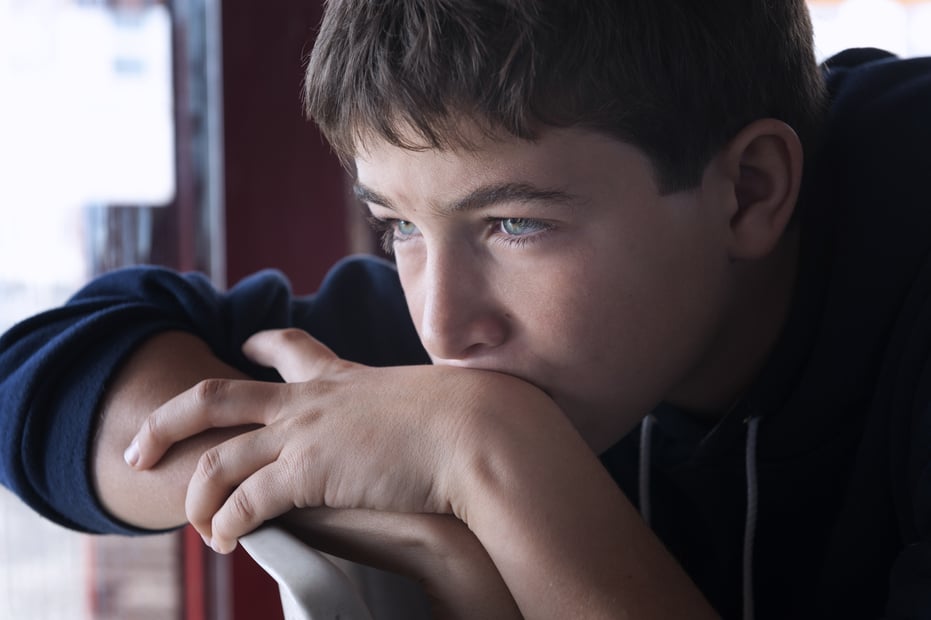As a child and adolescent counsellor, I often get asked “does my child have social anxiety?”. As a teacher, you may face similar questions. If you are concerned about a child, it’s important to encourage parents or guardians to seek the help of a GP, who can refer their child for an assessment by a mental health specialist. There are, however, signs you can look out for in children who may be socially anxious.
Social anxiety can be shown in a child’s behaviour. For instance, they may appear withdrawn, or seek to withdraw when put on the spot or encouraged to talk in front of others. They may cry more than usual in these situations or have outbursts of anger. Young people with social anxiety will attempt to avoid interaction with other people all together and may spend a lot of time on their own. You may notice that they hold minimal eye contact or even refuse to speak. Children can sometimes feel so overwhelmed by their social anxiety, that they refuse to come to school at all.
There are also physical symptoms that you can look out for. The child may report feeling nauseous or having stomach aches. You might notice they blush frequently, especially when attention is on them. Social anxiety can also cause panic symptoms in a young person such as shaking, sweating and a raised heart rate.

